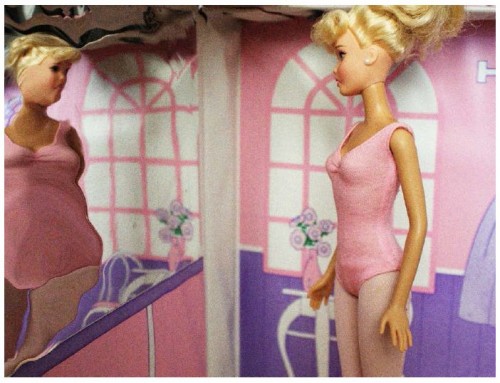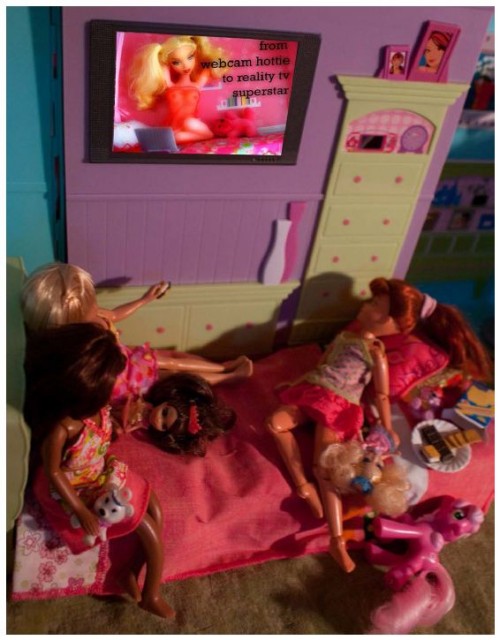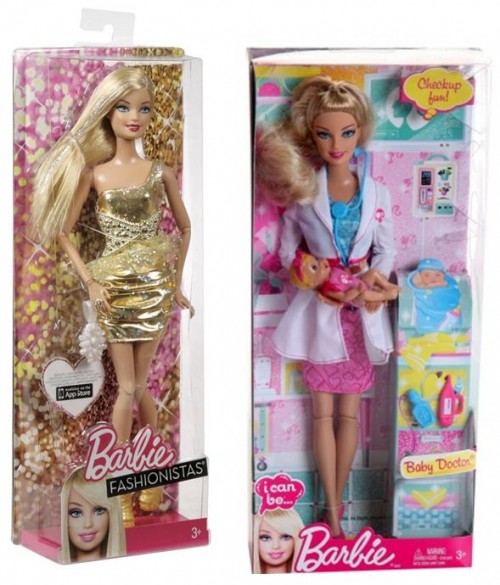In order to be successful in many parts of labor market, women must exhibit traits that are typically considered “masculine.” The title of a fashion article in Glamour magazine hints at — okay, blatantly states — this reality:
Man Up, Ladies! That whole menswear separates look is so hot right now. (Suits, layers, plaids, you name it.) We’d promote you instantly!
The article reinforces the idea that masculine characteristics are favored in many white collar jobs. In contrast, feminine characteristics carry a negative connotation, like when a New York Times article conflated being feminine and an undesirable employee when they contrasted the positive attribute of being “productive and results-oriented” with being a “sissy.”
Women can do masculinity, then, to reap some of the rewards offered to those who embody it, but there’s a catch: women must maintain their “femininity,” too. Women face gender rules that require that they wear makeup in order to be seen as beautiful and competent. Not doing so brings costs.
One study, for example, compared viewers’ perceptions of females with varying degrees of make-up, ranging from no make-up to glamorous. Research participants were shown photos of female faces and asked to rate the images on attractiveness, likeability, competence, and trustworthiness. Respondents rated the faces wearing make-up higher on likeablility, competence, and especially attractiveness, compared to the faces with no make-up.
These gendered behavioral and beauty norms amount to a double-edged sword for women. They must do masculinity to be successful at work, but they must be feminine to get along. So, man up, ladies… but not too much.
Chloe Albin is a senior at Chapman University studying dance and psychology. Dr. Georgiana Bostean is an assistant professor teaching sociology and environmental science and policy. She studies population health.









